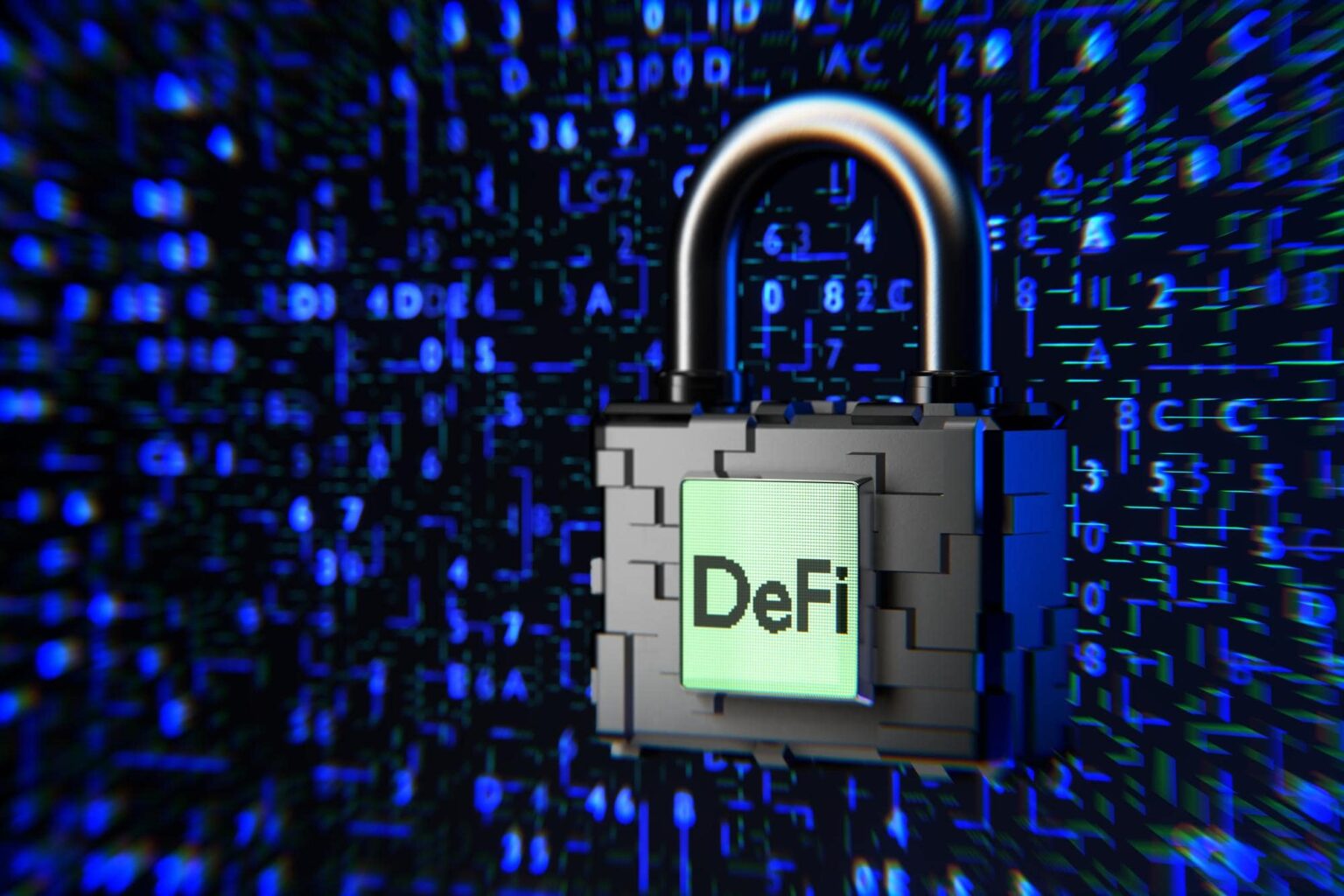DeFi Disruption: Decentralized Finance and the Future of Banking” explores the emergence of decentralized finance (DeFi) and its potential to disrupt traditional banking systems. Here’s an overview of the key points covered:
Contents
Introduction to DeFi:
- Definition: Decentralized finance (DeFi) refers to a broad category of financial services and applications built on blockchain technology that aim to decentralize and democratize access to financial products and services.
- Key Features: DeFi platforms leverage smart contracts, decentralized protocols, and blockchain networks to enable peer-to-peer transactions, lending, borrowing, trading, and asset management without the need for intermediaries such as banks or financial institutions.
Understanding the Rise of DeFi:
- Financial Inclusion: DeFi has the potential to expand financial inclusion by providing access to financial services to underserved populations, including the unbanked and underbanked, who may lack access to traditional banking services.
- Permissionless Innovation: DeFi allows anyone with an internet connection to access financial services and participate in the global economy without requiring permission from centralized authorities. This fosters innovation, competition, and diversity in financial markets.
Key Components of DeFi:
- Decentralized Exchanges (DEXs): DEXs enable peer-to-peer trading of digital assets directly on blockchain networks without the need for intermediaries. Users retain control of their funds and execute trades through smart contracts, providing greater security and transparency.
- Lending and Borrowing Protocols: DeFi lending and borrowing protocols allow users to lend or borrow digital assets without relying on traditional financial intermediaries. Smart contracts automate loan origination, collateralization, and interest payments, enabling borderless lending markets.
- Stablecoins: Stablecoins are digital assets pegged to stable fiat currencies, such as the US dollar, and are used as a medium of exchange, store of value, and unit of account in DeFi applications. Stablecoins provide price stability and liquidity to DeFi markets, facilitating seamless transactions and reducing volatility risks.
- Asset Management Platforms: DeFi asset management platforms enable users to pool their assets into decentralized funds or protocols and earn yields through automated investment strategies, liquidity provision, and yield farming.
Implications of DeFi Disruption:
- Disintermediation: DeFi disrupts traditional banking systems by removing intermediaries, reducing reliance on centralized institutions, and enabling direct peer-to-peer transactions. This challenges the traditional banking model and may lead to a shift in the balance of power within the financial industry.
- Financial Innovation: DeFi fosters innovation in financial products and services, including automated market makers, decentralized derivatives, prediction markets, and insurance protocols. These innovations offer new opportunities for risk management, investment diversification, and financial inclusion.
Challenges and Considerations:
- Security Risks: DeFi platforms are susceptible to security vulnerabilities, smart contract exploits, and hacking attacks due to the complex nature of blockchain technology and the interconnectedness of decentralized systems. Robust security measures, code audits, and risk management practices are essential to mitigate these risks.
- Regulatory Uncertainty: The regulatory landscape surrounding DeFi is evolving, with regulators grappling with how to apply existing regulations to decentralized protocols and digital assets. Regulatory clarity is needed to ensure compliance, consumer protection, and market stability in the DeFi ecosystem.
Future Outlook:
- Scalability Solutions: Scalability remains a key challenge for DeFi platforms, with network congestion and high transaction fees limiting the scalability and usability of decentralized applications. Layer 2 scaling solutions, interoperability protocols, and blockchain upgrades aim to address these scalability issues and improve user experience.
- Integration with Traditional Finance: The future of DeFi may involve greater integration with traditional financial systems, as banks and financial institutions explore blockchain technology and digital assets for settlement, payments, and asset management. Hybrid models that bridge the gap between DeFi and traditional finance could emerge as the next frontier in financial innovation.
Conclusion:
“DeFi Disruption” provides insights into the transformative potential of decentralized finance and its implications for the future of banking. As DeFi continues to evolve and mature, it has the potential to democratize access to financial services, drive innovation, and reshape the global financial landscape in profound ways. However, overcoming challenges such as security risks, regulatory uncertainty, and scalability issues will be essential to realizing the full potential of DeFi in the years to come.



